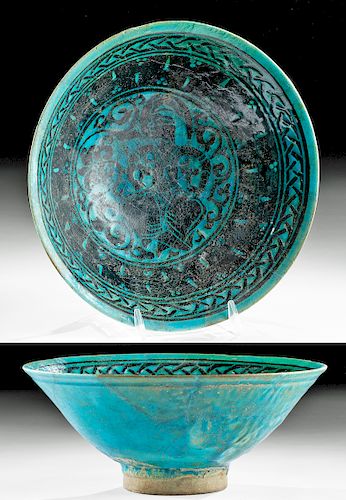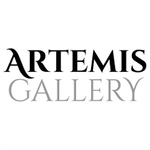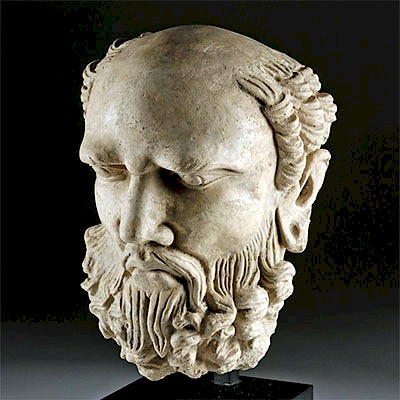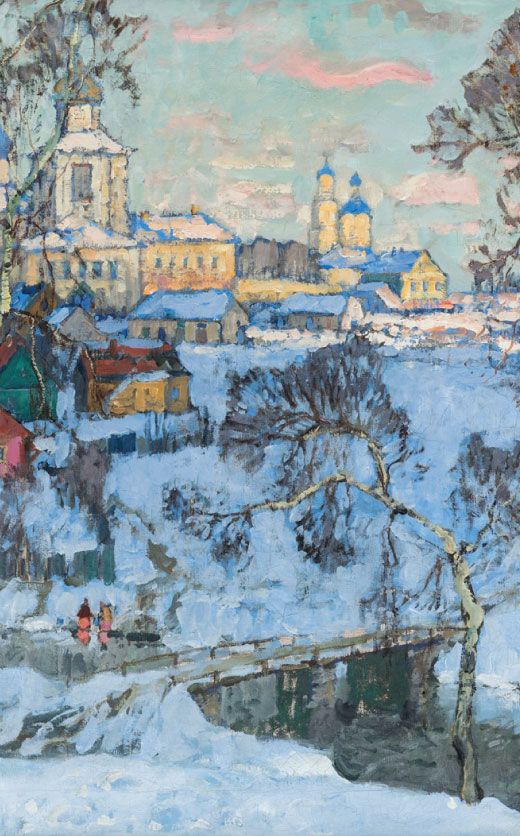Kashan Turquoise Glazed Silhouette Bowl, ex-Christie's
Lot 142
About Seller
Artemis Fine Arts
686 S Taylor Ave, Ste 106
Louisville, CO 80027
United States
Selling antiquities, ancient and ethnographic art online since 1993, Artemis Gallery specializes in Classical Antiquities (Egyptian, Greek, Roman, Near Eastern), Asian, Pre-Columbian, African / Tribal / Oceanographic art. Our extensive inventory includes pottery, stone, metal, wood, glass and textil...Read more
Categories
Estimate:
$3,000 - $4,500
Absentee vs Live bid
Two ways to bid:
- Leave a max absentee bid and the platform will bid on your behalf up to your maximum bid during the live auction.
- Bid live during the auction and your bids will be submitted real-time to the auctioneer.
Bid Increments
| Price | Bid Increment |
|---|---|
| $0 | $25 |
| $300 | $50 |
| $1,000 | $100 |
| $2,000 | $250 |
| $5,000 | $500 |
| $10,000 | $1,000 |
| $20,000 | $2,500 |
| $50,000 | $5,000 |
| $100,000 | $10,000 |
| $200,000 | $20,000 |
About Auction
By Artemis Fine Arts
Jan 16, 2020
Set Reminder
2020-01-16 10:00:00
2020-01-16 10:00:00
America/New_York
Bidsquare
Bidsquare : Ancient | Asian | Ethnographic
https://www.bidsquare.com/auctions/artemis-gallery/ancient-asian-ethnographic-4799
Featuring classical antiquities, ancient and ethnographic art from cultures encompassing the globe. Artemis Fine Arts info@artemisgallery.com
Featuring classical antiquities, ancient and ethnographic art from cultures encompassing the globe. Artemis Fine Arts info@artemisgallery.com
- Lot Description
Near East, Persia/Iran, Seljuq Empire (Seljuk, Saljuq), Kashan, ca. early 13th century CE. A striking bowl featuring a deep turquoise blue glaze over a black manganese painted surface. At the center is a dancer, attired in pointed shoes and voluminous trousers, his arms adorned with bracelets, and what looks like a tall feather as a crest rising from the top of his head. He is surrounded by scrolling vines. In a thick border around him is a series of lines and chintamani symbols; above that, just below the slightly everted rim, is a dart motif. The exterior is glazed but has no decorative motifs; the glaze ends around the top of the short disc foot. Size: 8" W x 3.4" H (20.3 cm x 8.6 cm)
Kashan was a Persian city known for producing high-quality pottery during the medieval period. The iconography of this beautiful piece connects it to the corpus of known Kashan ceramics from the Seljuq period. These painted vessels frequently depict themes of courtly life: lovers, warriors, hunters, revelers, and dancers and musicians. The chintamani (also cintamani) pattern is more famous from Ottoman artwork where it denoted royalty, but seems to have originated earlier in Buddhist iconography to symbolize the three stones of Buddha; in this context, it should be understood as a sign of authority.
Provenance: Royal Athena, New York, USA collection; acquired from Christie’s London, UK, 1987
All items legal to buy/sell under U.S. Statute covering cultural patrimony Code 2600, CHAPTER 14, and are guaranteed to be as described or your money back.
A Certificate of Authenticity will accompany all winning bids.
We ship worldwide and handle all shipping in-house for your convenience.
#151742Expertly repaired and restored, with the restoration mainly on one side. Approximately 75% original pigment. Nice deposits and fine craquelure on original glaze. Old collection number written in ink on the interior of the foot.Condition
- Shipping Info
-
All shipping is handled in-house for your convenience. Your invoice from Artemis Gallery will include shipping calculation instructions. If in doubt, please inquire BEFORE bidding for estimated shipping costs for individual items.
-
- Buyer's Premium



 EUR
EUR CAD
CAD AUD
AUD GBP
GBP MXN
MXN HKD
HKD CNY
CNY MYR
MYR SEK
SEK SGD
SGD CHF
CHF THB
THB
















